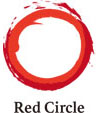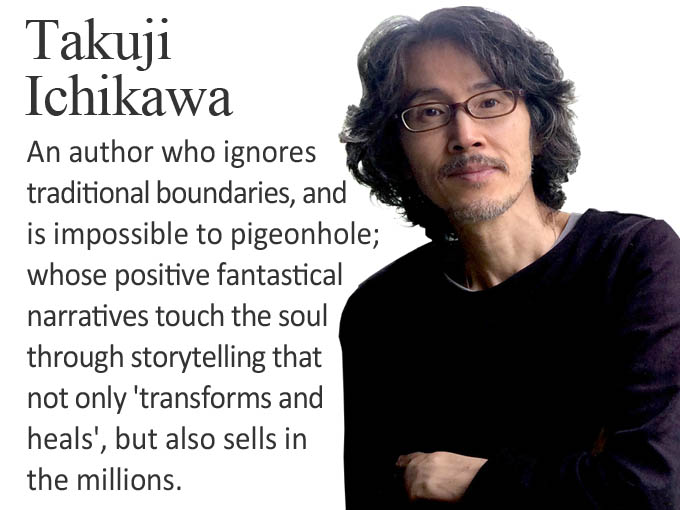 Cover and promotional photo of Mitsuyo Kakuta’s adaption of The Tale of Genji, published in bunko (paperback) October 2023 by Kawade Shobo Shinsha.
Cover and promotional photo of Mitsuyo Kakuta’s adaption of The Tale of Genji, published in bunko (paperback) October 2023 by Kawade Shobo Shinsha.The first, 322-page, volume of a new eight-volume paperback edition of The Tale of Genji, often-described as the world’s first novel, adapted and translated into modern Japanese by Mitsuyo Kakuta, one of Japan’s most popular contemporary writers, was released earlier this month. Volume two, slightly shorter in extent at 320-pages, will be published in November.
The Tale of Genji, written in the eleventh century by the Japanese noble-woman Murasaki Shikibu (978-1014), is already an international publishing sensation, with translations, spin-offs and adaptations for manga, anime, film and theatre. The release of the first volume of Kakuta’s new paperback edition is another high impact publishing moment for this seminal Japanese tale.
Kakuta is following in a long tradition of Japan’s leading author from each generation updating and publishing a new version of the seductive novel about the life of “Shinning Genji” set in Japan’s Heian Period (794-1185). A very peaceful period in Japanese history often referred to as the “first golden age of female writers”.
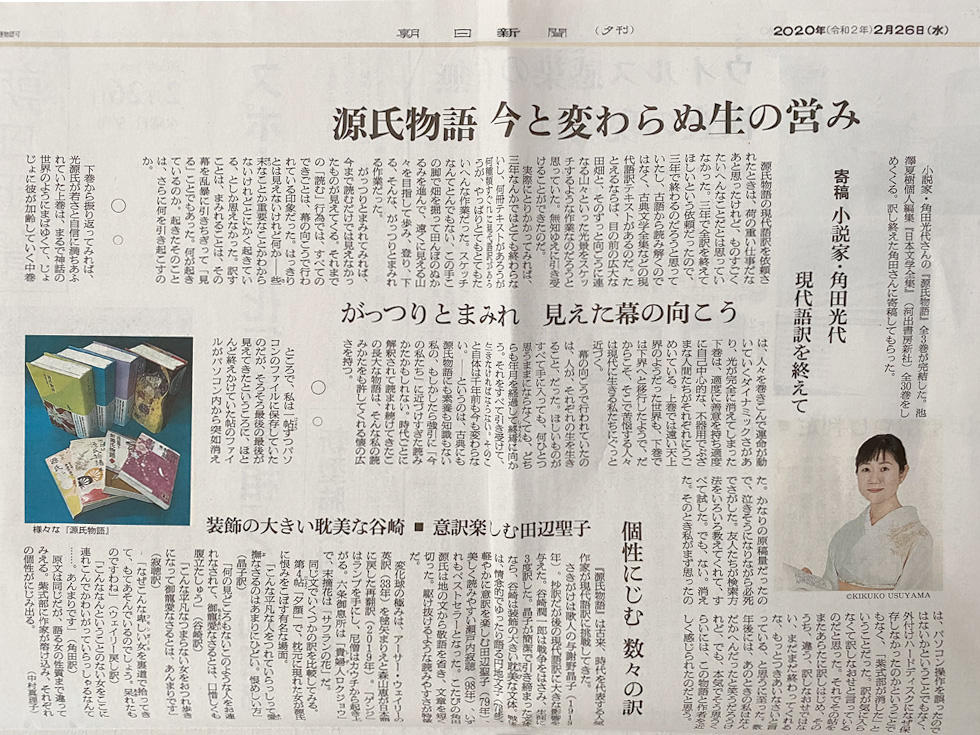 Article in the Asahi Shimbun, Evening Edition, published 26 February 2020 on the publication of Mitsuyo Kakuta’s final hardback volume and completion of her adaption of The Tale of Genji.
Article in the Asahi Shimbun, Evening Edition, published 26 February 2020 on the publication of Mitsuyo Kakuta’s final hardback volume and completion of her adaption of The Tale of Genji.This multi-generational trend has helped keep the rather long and esoteric tale, which in its original version consists of 54 scrolls or chapters; around a million words; about 430 different characters; 800 poems; as well as 8 or so love interests, fresh, and relevant to contemporary readers. A new generation of expectant readers, however, will have to wait until late next year for all eight volumes of Kakuta’s “refresh” edition to be published in paperback.
According to the Japan expert and former Editor of The New York Review of Books, Ian Buruma, The Tale of Genji, which is replete with rather promiscuous characters, is a novel all “about the art of seduction.” This new edition, cleverly re-crafted by Kakuta, which was initially published in three hardback volumes, tanko-bon, between 2017 and 2020, is already successfully seducing a new generation of readers and critics across Japan. Its release in paperback is expected spread and amplify the tale’s allure.
“Murasaki watched the sexual maneuverings, the social plots, the marital politics, the swirl of slights and flatteries that went on around her, with the keen, sometimes sardonic, and always worldly eyes of a medieval Jane Austen. Her Buddhist view of life’s fleeting nature and the vanity of human affairs added a dash of melancholy to her ornate aristocratic prose,” Buruma writes in a review, of an English language translation by Dennis Washburn published in 2015, for The New Yorker.
What counts in the seduction scenes in the original version is art, poetry, calligraphy and style. Unsurprisingly, it took Kakuta considerable time to decide on the right style and rhythm required to make the novel readable, accessible and compelling for today’s readers.
Her careful and considered approach appears to have worked wonders. Since the release of the first hardback volume, Japanese readers have continuously posted comments on social media about how amazingly easy it is to read her version and how her adaption reads like an original Kakuta novel set over thousand years ago in Japan’s Heian Period.
Despite some of Japan’s most highly regarded writers publishing versions for previous generations of readers, Kakuta, who says she didn’t have any special affinity or connection with The Tale of Genji when she embarked on this project, didn’t feel any pressure.
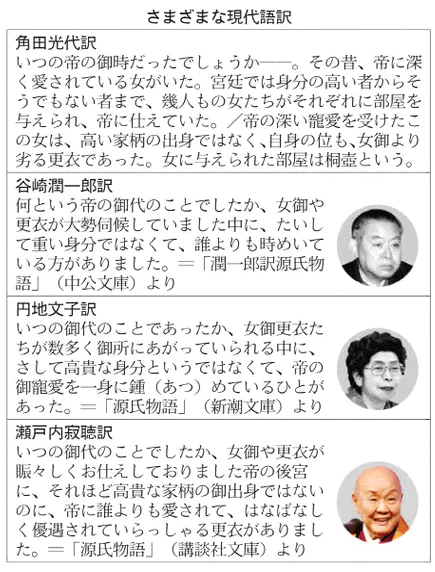 A graphic included in an article about Mitsuyo Kakuta’s adaptation of The Tale of Genji published in Nikkei Style, comparing her adaptation to that of other famous Japanese authors. Top box includes a sample of her text, followed beneath by the text for the same section of the Japanese classic from Tanizaki Junichiro (1886-1965), Fumiko Enchi (1905-1986) and Jakucho Setouchi (1922-2021). Image Style Nikkei.
A graphic included in an article about Mitsuyo Kakuta’s adaptation of The Tale of Genji published in Nikkei Style, comparing her adaptation to that of other famous Japanese authors. Top box includes a sample of her text, followed beneath by the text for the same section of the Japanese classic from Tanizaki Junichiro (1886-1965), Fumiko Enchi (1905-1986) and Jakucho Setouchi (1922-2021). Image Style Nikkei.Kakuta’s version is being published by Kawade Shobo Shinsha, one of Japan’s leading publishers founded in 1886 who publish the quarterly journal Bungei, behind the Bungei Prize that has launched the careers of many of Japan’s authors including Amy Yamada (Bedtime Eyes), Akira Kuroda (Made In Japan) and Risa Wataya (Install).
Many articles and reviews have been written about Kakuta’s new adaptation including articles that compare and contrast sections of Kakuta’s ‘translation’ and her choice of words to those made by previous generations of authors like Tanizaki, Fumiko Enchi (1905-1986) and Setouchi. And how each decided to render the exact same text in the style and words of the Japanese of their respective eras.
Kakuta, a very prolific author who is still not well known outside Japan but is often referred to in Japan as one of Japan’s best and most widely read writers, had to put all other major writing projects on hold from 2015 to focus on her three-volume hardback edition of The Tale of Genji.
The publication of the paperback edition is expected to open a new chapter in her long and highly successful writing career. Even if she is only now, at last, coming back up for air and able to remove the all-consuming veil of Genji that has recently engulfed her professional life. Allowing Kakuta to start considering new and very different types of writing projects.
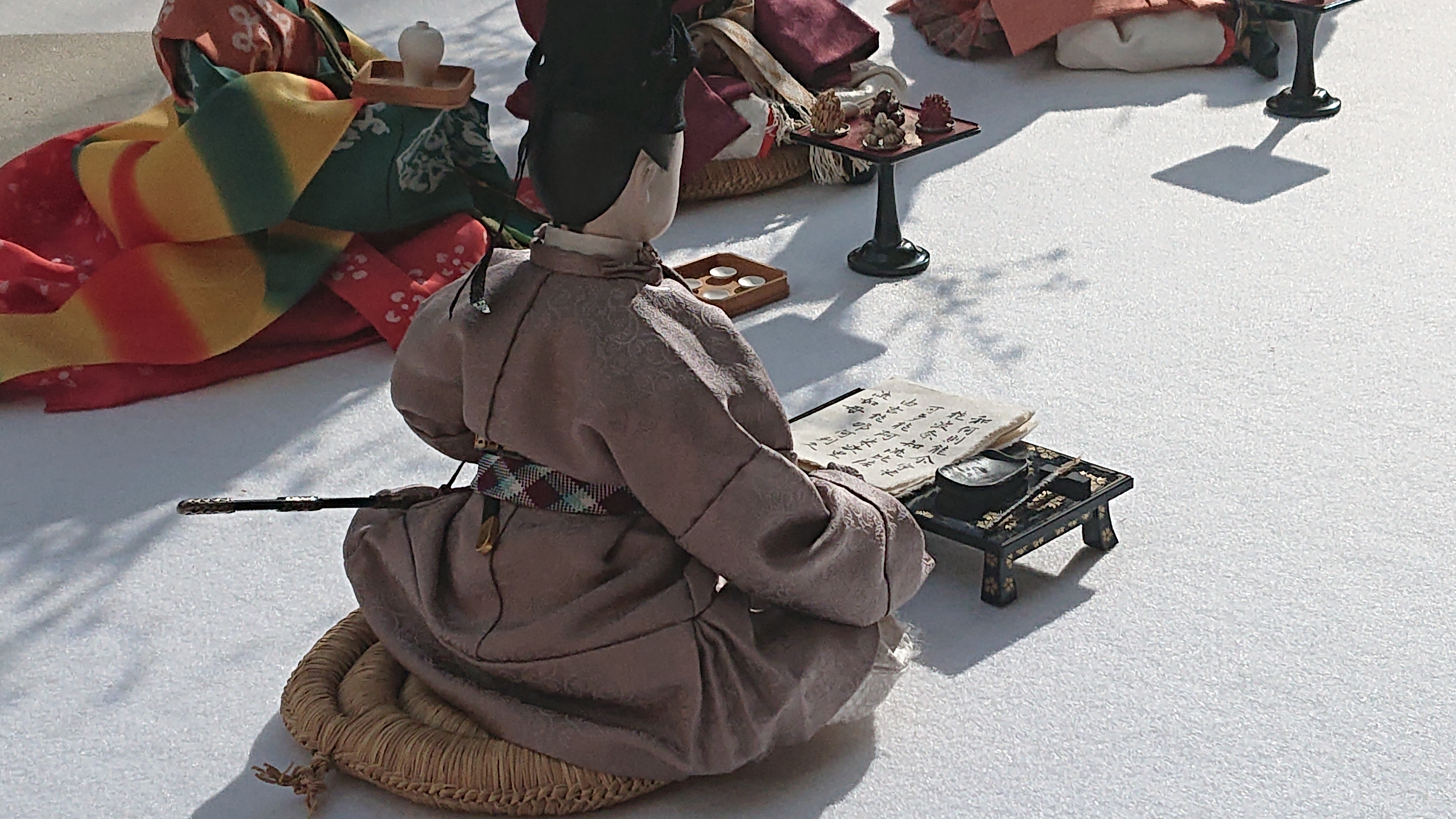 Photo: Red Circle Authors Limited
Photo: Red Circle Authors Limited About Red Circle:Red Circle Authors Limited is a specialist publishing and communications company that conducts bespoke projects on behalf of a carefully selected and curated group of leading Japanese authors. Red Circle showcases Japan’s best creative writing. For more information on Red Circle, Japanese literature, and Red Circle authors please visit: www.redcircleauthors.com.
About Red Circle:Red Circle Authors Limited is a specialist publishing and communications company that conducts bespoke projects on behalf of a carefully selected and curated group of leading Japanese authors. Red Circle showcases Japan’s best creative writing. For more information on Red Circle, Japanese literature, and Red Circle authors please visit: www.redcircleauthors.com.

